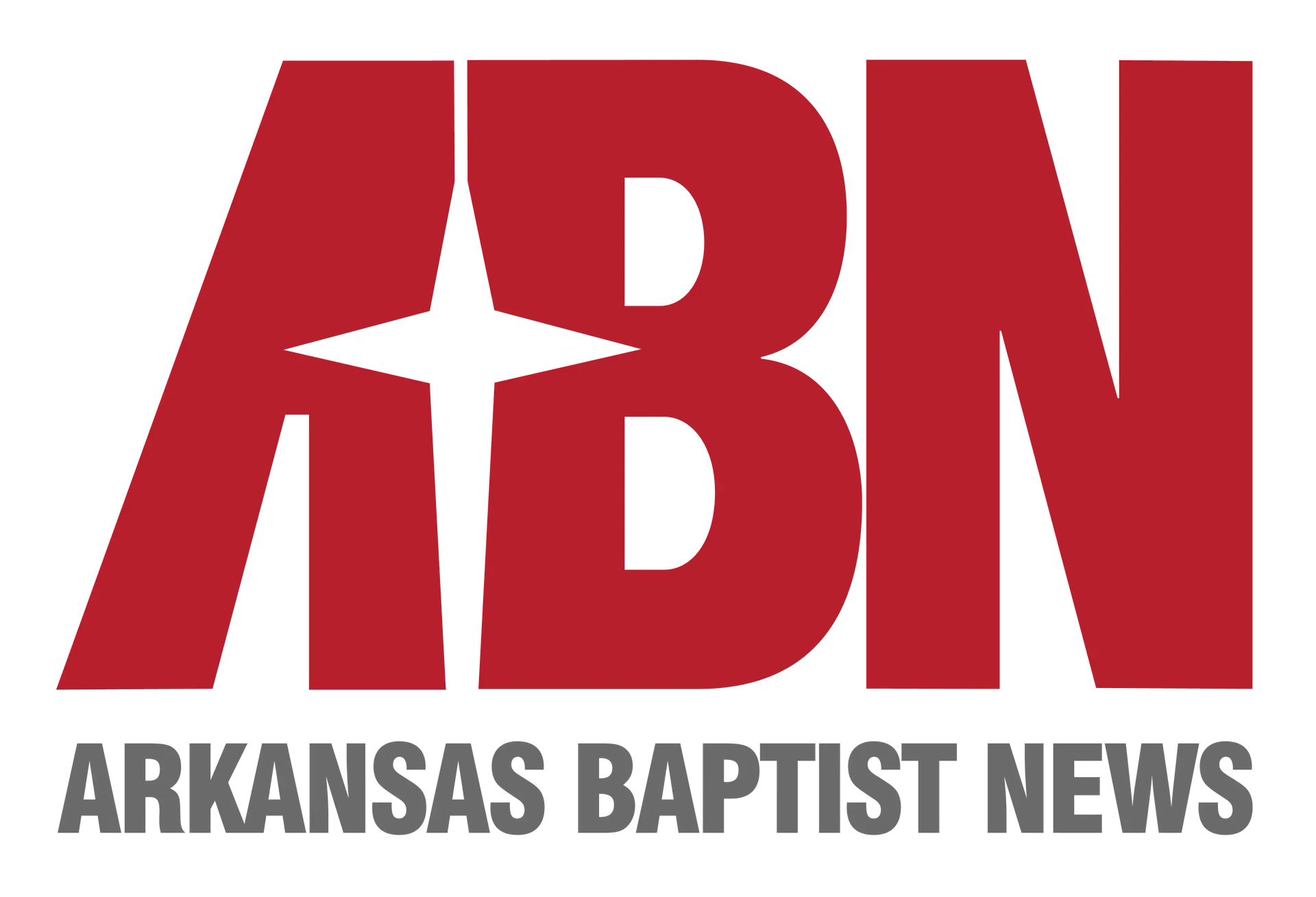By Todd Adkins

This Sunday will likely go down as the most unique Easter service in the history of your church. While a lot of things will be different than we are used to one of the most important things will remain the same.We all know that Easter is often the best opportunity through the course of a year to attract guests and this year could be the greatest opportunity in our lifetime.The barriers to attend a service have been stripped away and nearly everyone is looking for hope and a connection with other people.Let’s not miss this moment in time to share the gospel, usher someone into the kingdom, and bring them into our church family.
1. DON’T JUST STREAM YOUR SERVICE; HOST YOUR SERVICE.
Hosting your online service means you’re intentional about creating an environment online that’s welcoming, personal, and initiates an openness to the gospel.Whether you’re using Facebook live or streaming your service on some other platform have dedicated “greeters” in the chat function to make people feel welcomed.Greeting a guest by name and asking them a friendly question or two can go a long way, but if you have the opportunity, mentioning some of those guests in the live stream itself would be even better.
2. BE SURE YOU HAVE A SIMPLE DIGITAL CONNECTION CARD.
Most of us are used to seeing some form of a connection card surface during a worship gathering each Sunday and this should be no different except for one thing: the digital version of your connection card must be simple to get to and to fill out.I strongly suggest reducing the number of fields to fill in on the card to only what is absolutely necessary to follow up. So the only things I recommend to be on the card would be name, email, phone, and three additional drop down boxes.The first box is to determine if they’re a first-time guest and the second box should be reduced options to indicate what they might be interested in, for example: group Bible study, volunteering, baptism, membership, or having someone contact them.The final box we are interested in having there is for someone to identify if they prayed to receive Christ.
3. HAVE A CLEAR FOLLOW-UP PROCESS IN PLACE THAT IS COVID-19 SPECIFIC.
You likely already have some type of follow-up process in place, but you need one that is specific to our current situation.Personal visits, baskets of fresh-baked bread, meeting for coffee, and other common best practices for follow-up are clearly out of the question at this time. But while there are limitations, there are opportunities.The frequency of contact can be greatly increased during this time, so a good rule of thumb is to have three connections in that first week, each with their own focus in mind.Let them know how great it was to have them with you on Sunday with a “Thanks for being with us” email text or call and let them know you are here for their family.Next comes an email seeking to connect them to the church. This is where you give them any information they requested in the connection card but also a great opportunity to invite them to virtual coffee via video.If that sounds strange at first, it’s because it was a month ago but now zoom calls and FaceTime are part of daily life.The last contact is at the end of the week and is of an invitational nature letting them know that we “hope to see you again this Sunday.”
4. HAVE THE RIGHT PEOPLE HOSTING AND DOING FOLLOW-UP AND GET OUT OF THE WAY.
People are carriers of culture and whomever you choose to host your service and run the follow-up process will be a direct reflection of your church.Many times when your connection process fails it’s not caused by the process itself, but by the people running the process.Don’t look for tech savvy people only because we’ve got do this digitally now. Look for people who “get” hospitality, are good listeners and love your church.You’re looking for ambassadors for your church who will be warm and caring but will also represent you well and follow through.Give them access to any tools they need and commission these ambassadors to make the calls, send the emails, connect them to groups and ministries, and even have that virtual coffee.While this Easter provides unique challenges for engagement in our ministries. But it also provides untold chances to engage people in new, innovative ways, meeting them where they are. Let’s steward these opportunities well.TODD ADKINS (@ToddAdkins) is director of LifeWay Leadership and a co-host of the “5 Leadership Questions” podcast.
This article was originally published by Facts & Trends at factsandtrends.net

